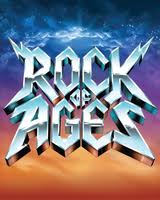
Authenticity is a word used frequently in the digital marketing space. Authenticity builds trust. Humanization is important too. People want to do business with other people not logos.
I have been considering switching cell phone carriers for a long time. T-Mobile has been on my radar recently. I have only heard good things and their pricing is better than what I’m currently paying now. I still haven’t been able to pull the trigger and switch but that may change in the near future.
A few weeks ago I was looking for a slow cooker recipe and stumbled across John Legere’s Instagram account . John is the CEO of T-Mobile. He’s active and posts to Instagram Stories. He also drives traffic to other social media channels.
Every week he has a Facebook Live show called #SlowCookerSunday. He wrote a cookbook and the proceeds go to a charity.
He frequently wears magenta and he dyed his hair magenta once too. Overall, he puts out a very positive and engaging energy. He’s a real person and it shows.
When it comes to social media it can’t all be about sales. Consumers come to social media for a different experience. They do not want to be sold to at every turn. He does a great job of balancing fun content and sharing the benefits and features of T-Mobile.
Being present, honest and authentic, while posting content consistently can make all the difference. It increase the know, like and trust factor.
I still need to consider and research quality of service and pricing but after watching John for the past few weeks he just may have changed my mind. I have no idea who the CEO of AT&T is. But know I know who John is.
From looking for a slow cooker recipe to the possibility of becoming a new customer is an interesting journey.
How do you incorporate authenticity in your social media presence?
For more case studies like this one check out Social Media Done Right


